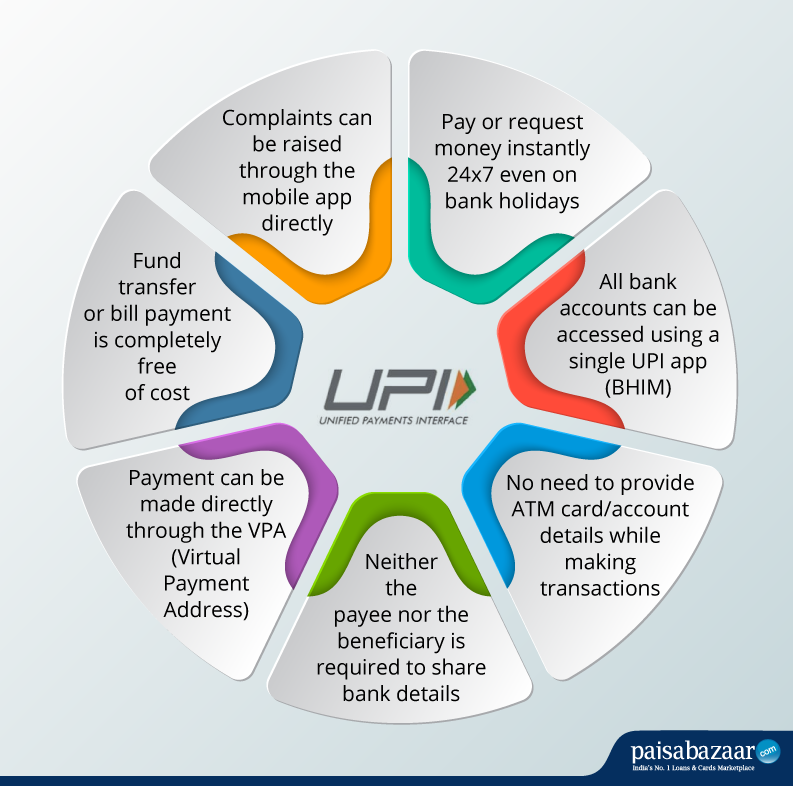Contents
- Robust Digital Financial Infra Key to Successful DBT
- Innovations for Optoelectronic devices
ROBUST DIGITAL FINANCIAL INFRA KEY TO SUCCESSFUL DBT
Focus: GS-II Social Justice, GS-III Indian Economy
Why in news?
NITI Aayog and MicroSave Consulting organised an international webinar to discuss and share lessons from India’s successful cash support payments to the most vulnerable during the Covid-19 pandemic.
Highlights
- A robust digital financial infrastructure in India was key in successfully making direct transfers to targeted groups in a timely manner and making vital financial assistance available to the vulnerable during the pandemic.
- The Pradhan Mantri Jan Dhan Yojana (PMJDY) enabled a direct connection of the government with the people.
- PMJDY successfully enabled zero-cost, zero-balance bank accounts and of the 380 million PMJDY bank accounts opened to date, over 50% are in the names of women.
- One National One Card system is a step in the right direction, and we must tread that path while continuing to focus on financial literacy and bolstering cybersecurity.
Proof of India’s Digital Financial Infrastructure robustness
- Almost a billion Unified Payments Interface (UPI) and over 400 million Aadhaar Enabled Payment System (AePS) transactions were recorded in a month.
- 65% of India’s population have personal bank accounts in public sector banks.
- The foundational layers: building digital infrastructure, targeted G2P transfer initiatives, PFMS linkage and NPCI’s role in enabling digital payments – are key to the building of India’s robust Digital Financial Infrastructure.
Aadhaar Enabled Payment System (AePS)
- Aadhaar Enabled Payment System is a payment service empowering a bank customer to use Aadhaar as his/her identity to access his/ her respective Aadhaar enabled bank account and perform basic banking transactions like balance enquiry, cash deposit, cash withdrawal, remittances through a Business Correspondent.
- Aadhaar enabled Payment system is easy to use, safe and secure payment platform to avail benefits by using Aadhaar number & fingerprints.
- Aadhaar enabled Payment system is based on the demographic and biometric/iris information of an individual, it eliminates the threat of any fraud and non-genuine activity.
- Aadhaar enabled Payment System facilitate disbursements of Government entitlements like NREGA, Social Security pension, Handicapped Old Age Pension etc. of any Central or State Government bodies, using Aadhaar authentication.
Unified Payments Interface (UPI)
- Unified Payments Interface (UPI) is a system that powers multiple bank accounts into a single mobile application (of any participating bank), merging several banking features, seamless fund routing & merchant payments into one hood.
- Advantages of UPI Includes – Immediate money transfer through mobile device round the clock 24*7 and 365 days.
- UPI Enables Single mobile application for accessing different bank accounts with Single Click 2 Factor Authentication – Aligned with the Regulatory guidelines yet provides for a very strong feature of seamless single click payment.
- It also features Virtual address of the customer for Pull & Push providing for incremental security with the customer not required to enter the details such as Card no, Account number; IFSC etc.

INNOVATIONS FOR OPTOELECTRONIC DEVICES
Focus: GS-III Science and Technology
Why in news?
- Scientists have developed a novel recipe for fabrication of Transparent Conducting Glasses (TCG) which brings down its production cost by 80% compared to Tin-Doped Indium Oxide (ITO) based technology which is currently in use.
- Scientists have found a new process for synthesizing crystalline rubrene, a polycyclic aromatic hydrocarbon-based thin film which can be useful for the development of optoelectronic devices and also for preparation of Electronic Skin (E-Skin).
Innovation in fabrication of Transparent Conducting Glass
The demand of transparent conducting glasses (TCG) with high light transparency has tremendously increased due to its wide range of applications in optoelectronic devices such as smart windows, solar cells, touch screen/ touch sensors, and so on.
Innovation in synthesizing crystalline Rubrene
- Devices made of pyro-electric materials (that generate electric charge when they are heated or cooled) and piezo-electric materials (that generate electric charge under the effect of mechanical pressure), can help detect change in temperature and pressure.
- Pyro-electric materials also show pyro-phototronic effect where pyro-electricity is associated with the change in temperature of a material when it absorbs photons.
- Pyro-electric infrared detectors are well known for application in infrared sensing for space research, defense, remote sensing, and household appliances.
Electronic skin
- Electronic skin refers to flexible, stretchable and self-healing electronics that are able to mimic functionalities of human or animal skin.
- The broad class of materials often contain sensing abilities that are intended to reproduce the capabilities of human skin to respond to environmental factors such as changes in heat and pressure.
- The successful combination of flexible and stretchable mechanical properties with sensors and the ability to self-heal would open the door to many possible applications including soft robotics, prosthetics, artificial intelligence and health monitoring.



